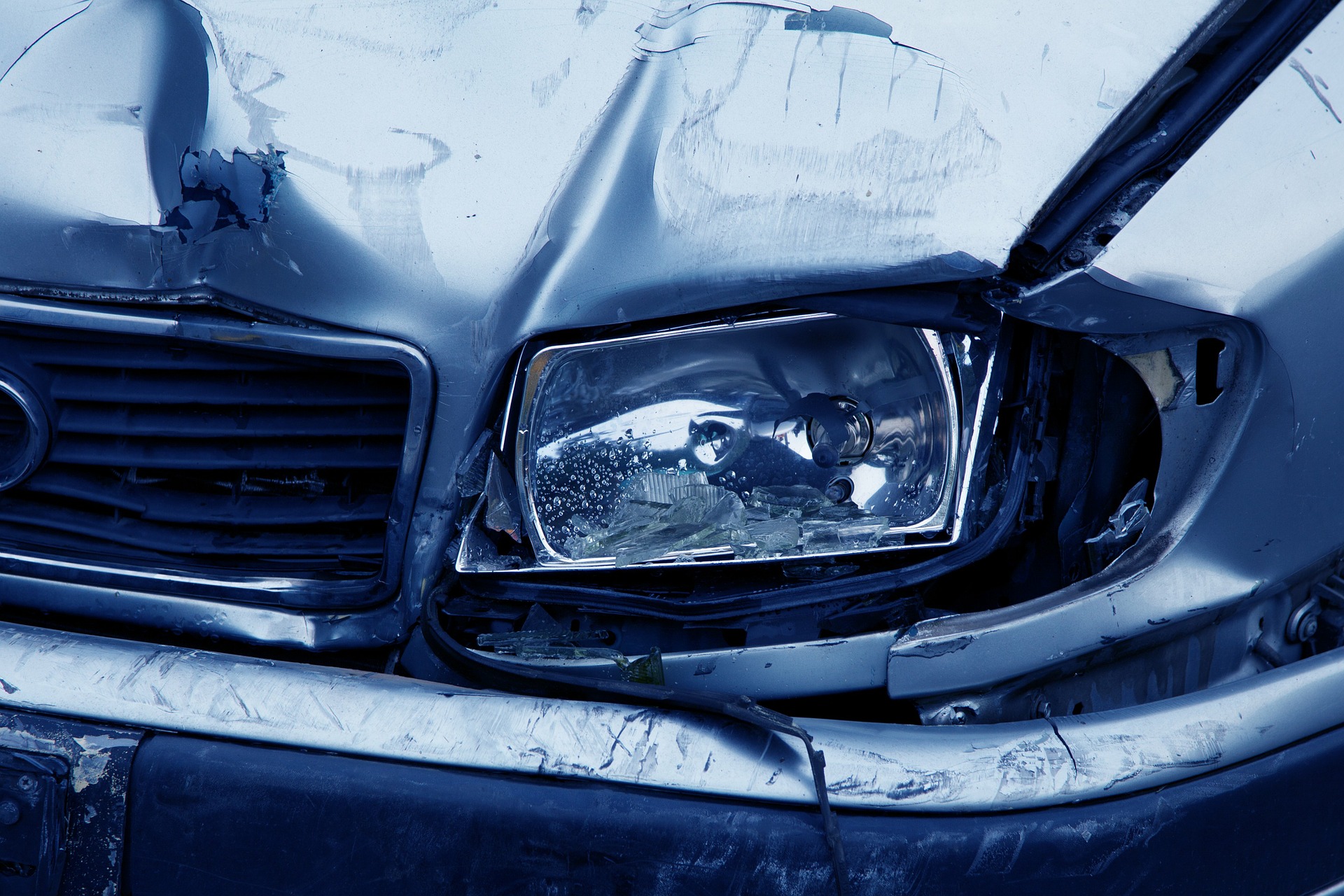Rear-ended collisions are a problem in this country. Several thousands of people are injured in rear-end car accidents, which account for about one-third of all crashes yearly.
The National Highway Traffic Safety Administration (NHTSA) estimates that twenty-nine percent of all vehicle crashes are rear-ended collisions. NHTSA also reports that rear-end crashes annually cause $2 billion in vehicle damage. Rear-ended collisions also had higher personal injury rates than any other accident except head-on collisions.
While most collision claims involve damage to the front end, many drivers do not realize how much damage can occur when rear-ended by another driver. Even if your car is not damaged in the accident or if it has minimal damage, you may still suffer injuries from being hit from behind while driving at high speed or while stationary at a stoplight or stop sign.
Wondering how can you avoid being rear ended on the road? Let’s get started!
Table of Contents
What is a Rear-ended collision?
Rear-ended collision is an accident that occurs when a vehicle hits the back of another car. The driver who is rear-ended will usually be shaken up but not injured. However, the impact of a rear-ending can cause damage to the vehicle, such as broken lights. The driver on the receiving end may need to contact their insurance company to make a claim for any damage to their car or injuries they suffered as a result of the crash.
The Causes of Rear-ended collision?
Some of the common causes of rear-ended collisions include:
- Distracted driving. Drivers are distracted by many factors, including talking on phones, eating or drinking while driving, and looking at others in their cars. These distractions make it more difficult to control your vehicle safely. Distractions will also make it harder for you to notice hazards in traffic ahead of you and react quickly enough to avoid them.
- Speeding. Speeding makes it difficult to react quickly enough to avoid hazards in traffic ahead of them — like someone braking suddenly in front of them — which can cause a rear-end collision. Also, the faster you go, the longer it takes to stop if something unexpected happens ahead (like another driver slamming on their brakes).
- Failing to yield the right-of-way. Drivers often fail to yield the right-of-way when turning left or entering roadways from parking lots and driveways. This is especially true for drivers who don’t see other vehicles behind them as they turn or enter roadways from parking lots and driveways.
Ways To Avoid Being Rear-Ended?
Keep Your Distance
The best way to avoid a rear-ended collision is to keep your distance from other vehicles. If you’re following another car too closely, you may not have enough time to stop or avoid an accident if the driver in front of you stops suddenly or brakes suddenly because of something on the road ahead.
Also, remember that it takes longer to stop when driving at highway speeds than when driving at city speeds (or even slower). So if you’re traveling at 70 miles per hour and need to stop within one second, it will take approximately 50 feet (15 meters) to stop at this speed on dry pavement — nearly twice as far as 30 miles per hour!
Leave plenty of room for vehicles entering and exiting the freeway.
The most common cause of rear-end collisions is following too closely. To avoid this, leave plenty of room between you and the vehicle in front of you. The best way to judge this distance is to count “one thousand-and” as you pass every tenth car. You follow too closely if you reach “ten” before passing that car.
Obey speed limits, especially at night when it’s harder to judge how fast other vehicles are traveling.
If your speed is too high, it will take longer to stop if another driver stops abruptly in front of you or a pedestrian unexpectedly steps into the road. You’ll also have less time to react if an oncoming vehicle enters your lane without signaling first.
Try not to slam on your brakes.
When a driver comes up behind you and starts honking, you’re driving down the road, minding your own business. Then, you suddenly look in the rearview mirror and see that they’re flashing their lights. What do you do?
The first instinct is often to hit the brakes and get away as quickly as possible. However, this is probably the worst thing you can do because it gives the other driverless time to react, increasing the chance of a rear-end collision. Instead, try slowing down gradually using cruise control or simply rolling off the accelerator pedal until it feels safe enough for you to stop safely without coming too close to each other again.
Use your mirrors before changing lanes or merging onto a highway.
Using your mirrors is an excellent way for drivers to avoid rear-ended collisions and other accidents caused by distracted driving. Check your side mirrors before changing lanes or merging onto highways to see any vehicles behind or beside you. These cars may be about to hit you from behind if they lose control or brake suddenly due to an emergency ahead of them.
Conclusion
Now you have all the tools to reduce the risk of collision. Stay calm, stay focused and stay away from stress. But more importantly, follow these tips and don’t blame anyone else for your inattention or negligence.

